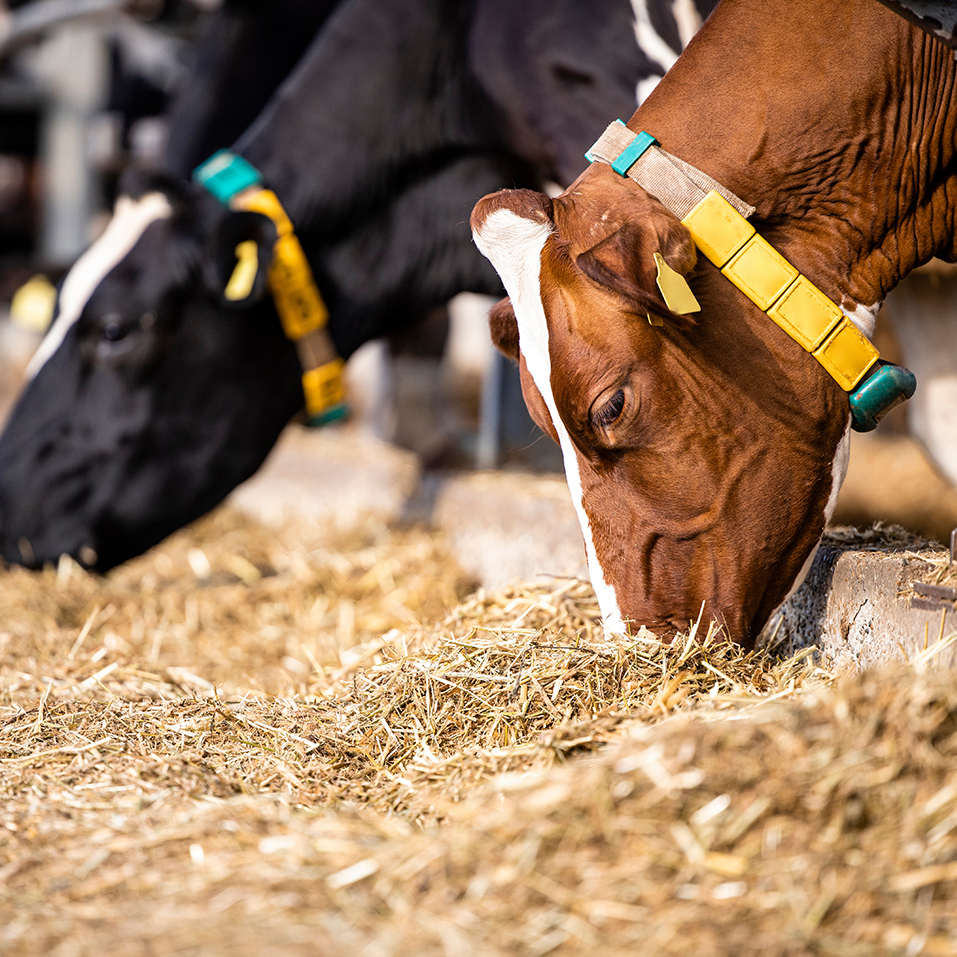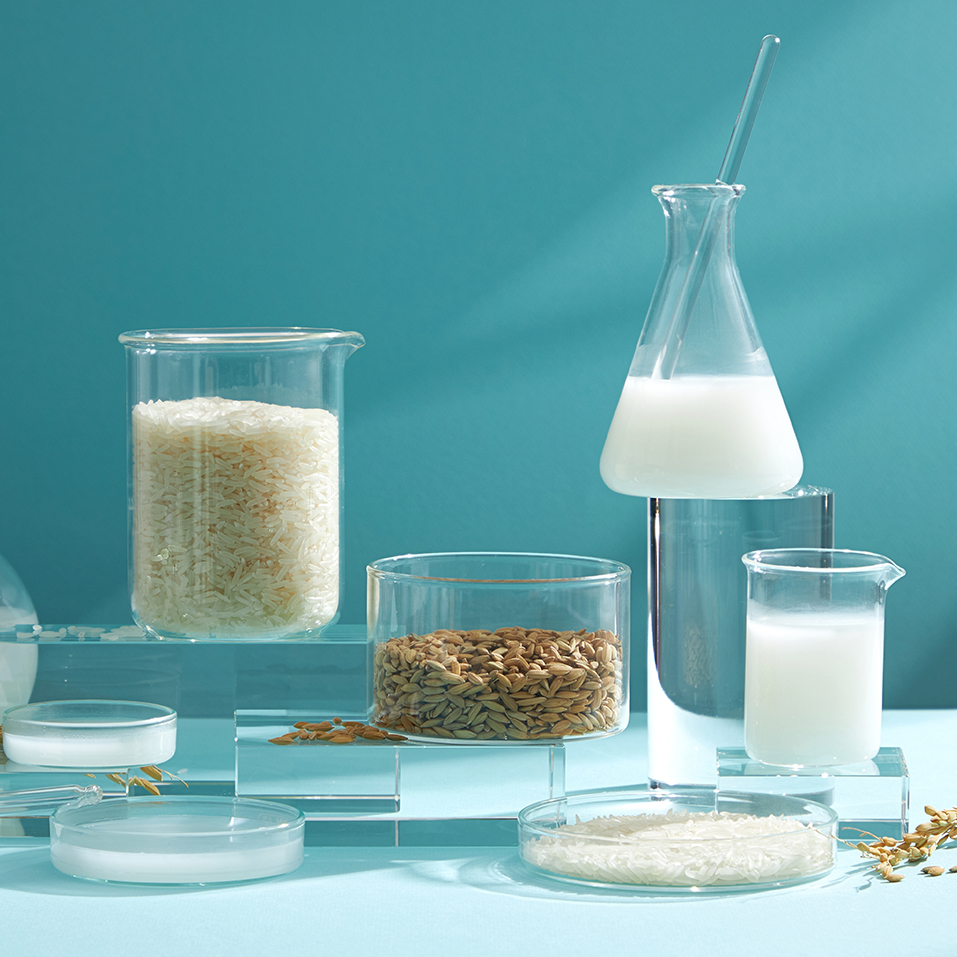ABOUT
ALPHATECH
Based on the temperature-controlled milling technology, Amorfast®, developed by Professor Nishioka of Yamagata University, we have developed low-cost, eco-friendly pre-gelatinization (gelatinization) of starch and amorphization of cellulose. Examples of application: Improved efficiency of livestock feed, expansion of rice utilization opportunities, biomass upcycling, etc.
TECHNOLOGY
Amorfast®, the temperature-controlled milling technology developed in the Nishioka Laboratory at Yamagata University, can amorphize starch and cellulose instantly and without water.
BUSINESS

01
Livestock & Feed Industry
The temperature-controlled milling technology, Amorfast®, can pre-gelatinize grains used for feed ingredients "instantly and without water."
The amorphization of grains effectively improves the digestibility of feed and the durability of pellet feed. However, existing processing methods are costly and amorphization is not complete.
Amorfast® can optimally amorphize grain ingredients using a process that is both simple and consumes relatively little energy.

02
Food Industry
Grain flour milled with the temperature-controlled milling technology Amorfast® can be utilized in various food products.
Amorfast® starch flour has absorbency, sticky elasticity, and emulsifying ability, and has a wide range of applications such as a wheat substitute/gluten-free food, additive substitute/clean label food, and allergen-free food. For example, if applied to rice, it can expand the opportunities for using rice and also contribute to improving self-sufficiency.
Since Amorfast® starch flour becomes a porridge or paste just by adding water, it is also suitable for emergency food and food for people needing nursing care.

03
Biomass Field
Amorfast®, the temperature-controlled milling technology, can also amorphize cellulose.
Traditional methods of amorphizing cellulose are associated with a high environmental load and consume a lot of energy.
Amorfast®, by just milling, makes amorphization possible, leading to energy-saving and a low environmental load. It has several potential applications such as in preprocessing for biomass upcycling and in feed conversion of unused biomass.
